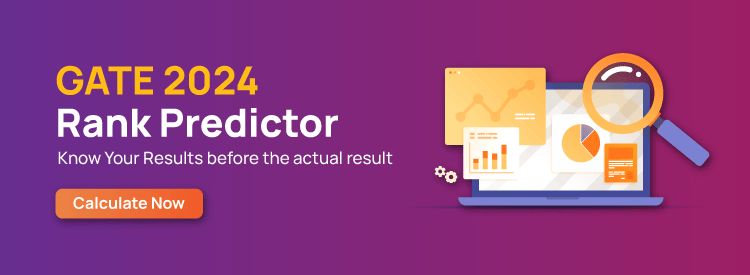Data models describe how a database’s logical structure is represented. In a database management system, data models are essential for introducing abstraction. Data models specify how data is linked to one another, as well as how it is handled and stored within the system.
Ultimate Guide to Kickstart your GATE Exam Preparation
Download the e-book now
In this article, we will dive deeper into Data Models in DBMS according to the GATE Syllabus for (Computer Science Engineering) CSE. Keep reading ahead to learn more.
Table of Contents
What are the Data Models in DBMS?
The Data Model gives us an idea of how the final system would look after it has been fully implemented. It specifies the data items as well as the relationships between them. In a database management system, data models are often used to show how data is connected, stored, accessed, and changed. We portray the information using a set of symbols and language so that members of an organisation may understand and comprehend it and then communicate.
Types of Data Models in DBMS
Though there are other data models in use today, the Relational model is the most used. Aside from the relational model, there are a variety of different data models that we shall discuss in-depth in this article. Data Models in DBMS include the following:
Hierarchical Model
This concept uses a hierarchical tree structure to organise the data. The hierarchy begins at the root, which contains root data, and then grows into a tree as child nodes are added to the parent node. If you wish to learn more about the hierarchical model, click here.
Network Model
The main difference between this model and the hierarchical model is that any record can have several parents in the network model. It uses a graph instead of a hierarchical tree. If you wish to learn more about the network model, click here.
Entity-Relationship Model
The real-world problem is depicted in visual form in this model to make it easier for stakeholders to comprehend. The ER diagram also makes it very simple for developers to comprehend the system. If you wish to learn more about the entity-relationship model, click here.
Relational Model
The data in this model is kept in the form of a table that is two-dimensional. All of the data is kept in the form of rows and columns. Tables are the foundation of a relational paradigm. If you wish to learn more about the relational model, click here.
Object-Oriented Data Model
Both the data and the relationship are contained in a single structure that is known as an object in this model. We can now store audio, video, pictures, and other types of data in databases, which was previously impossible with the relational approach (Although you can store video and audio in relational DB, it is advised not to store them in the relational database). If you wish to learn more about the object-oriented data model, click here.
Object-Relational Data Model
It is a hybrid of relational and object-oriented models. This model was developed to bridge the gap between the object-oriented and relational models. If you wish to learn more about the object-relational data model, click here.
Flat Data Model
It’s a straightforward model in which the DB is depicted as a table with rows and columns. If you wish to learn more about the flat data model, click here.
Semi-Structured Data Model
The relational model has evolved into the semi-structured model. In this model, we can’t tell the difference between data and schema. If you wish to learn more about the semi-structured data model, click here.
Associative Data Model
It is a model in which the data is separated into two sections. Everything that has its own existence is referred to as an entity, and the relationships between these entities are referred to as associations. Items and links are two types of data that are separated into two components. If you wish to learn more about the associative data model, click here.
Context Data Model
The Context Data Model is made up of various models. This includes models such as network models and relational models, among others. If you wish to learn more about the context data model, click here.
Keep learning and stay tuned to get the latest updates on the GATE Exam along with Eligibility Criteria, GATE Syllabus for CSE (Computer Science Engineering), GATE CSE Notes, GATE CSE Question Paper, and more.
Also Explore,
- Introduction to DBMS
- Hierarchical Model in DBMS
- Network Model in DBMS
- Entity-Relationship Model in DBMS
- ER Diagram in DBMS
- ER Diagram to Tables in DBMS
- Object-Oriented Data Model in DBMS
- Object-Relational Data Model in DBMS
- Flat Data Model in DBMS
- Semi-Structured Data Model in DBMS
- Associative Data Model in DBMS
- Context Data Model in DBMS

Comments